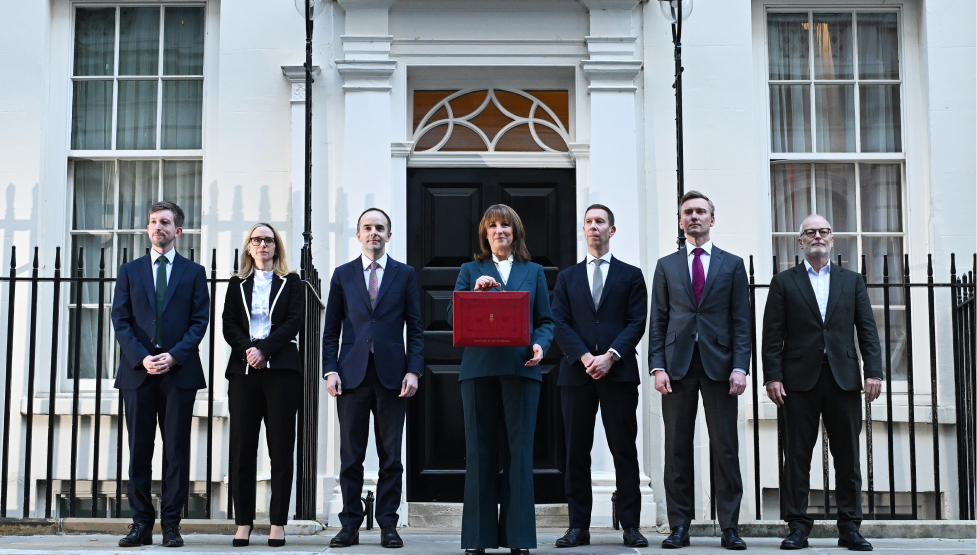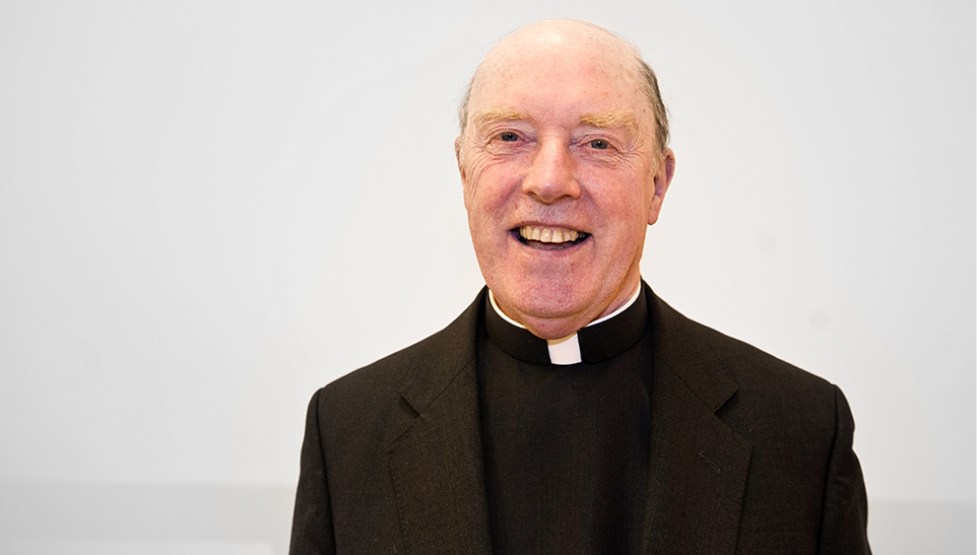Pope Leo XIV is expected to be asked to resolve one of the longest-standing consequences of the Reformation by formally designating St Mary’s Pro-Cathedral in Dublin as the city’s official Catholic cathedral.
The proposal, which marks the 200th anniversary of the Pro-Cathedral’s completion, would end half a millennium without a dedicated seat for Dublin’s Catholic archbishops.
Despite representing the faith of the majority in the Irish capital, St Mary’s occupies an unassuming site on Marlborough Street in the north inner city. The location was deliberately chosen in the early nineteenth century, when Catholics were still emerging from the shadow of the Penal Laws.
Fr Kieran McDermott, the cathedral’s administrator, told RTÉ that the original intention had been to build on the site where the General Post Office now stands on O’Connell Street. “That was in the aftermath of the 1798 Rebellion and some of the Penal Laws against Catholics were still in force,” he explained. “So the Catholic community decided not to ‘push their luck’ and settled on a quieter site on nearby Marlborough Street instead.”
Built in 1825, St Mary’s was intended as a temporary measure, the “Pro” in its title meaning pro tempore, or “for the time being.” Two centuries later, that arrangement remains in place.
The absence of a permanent cathedral dates back to the mid-1530s, when both Christ Church Cathedral and St Patrick’s Cathedral passed into Protestant hands following Henry VIII’s break with Rome.
“So the rupture, and I think that’s the word we have to use, was the Reformation in the mid-1530s,” said Fr McDermott. “Five hundred years later Christ Church remains the seat of the Church of Ireland Archbishop and St Patrick’s is the Collegiate Church for the Church of Ireland on the island of Ireland.”
Over time, several attempts were made to build a permanent cathedral. In the 1930s an architectural competition was held for a site in Merrion Square, purchased by the Archdiocese.
The question of Dublin’s cathedral gained renewed attention after Archbishop Dermot Farrell’s appointment in 2021. “Is it correct to say that the Catholics of Dublin haven’t had a dedicated cathedral in 500 years?” he asked.
After consulting widely, he proposed that St Mary’s should become the official cathedral, with St Andrew’s, Westland Row, designated as a minor basilica. The proposal is now believed to be before Pope Leo XIV. Fr McDermott said: “It would be lovely if it could happen this year, particularly as we celebrate the bicentenary.”







.png)

.jpg)






